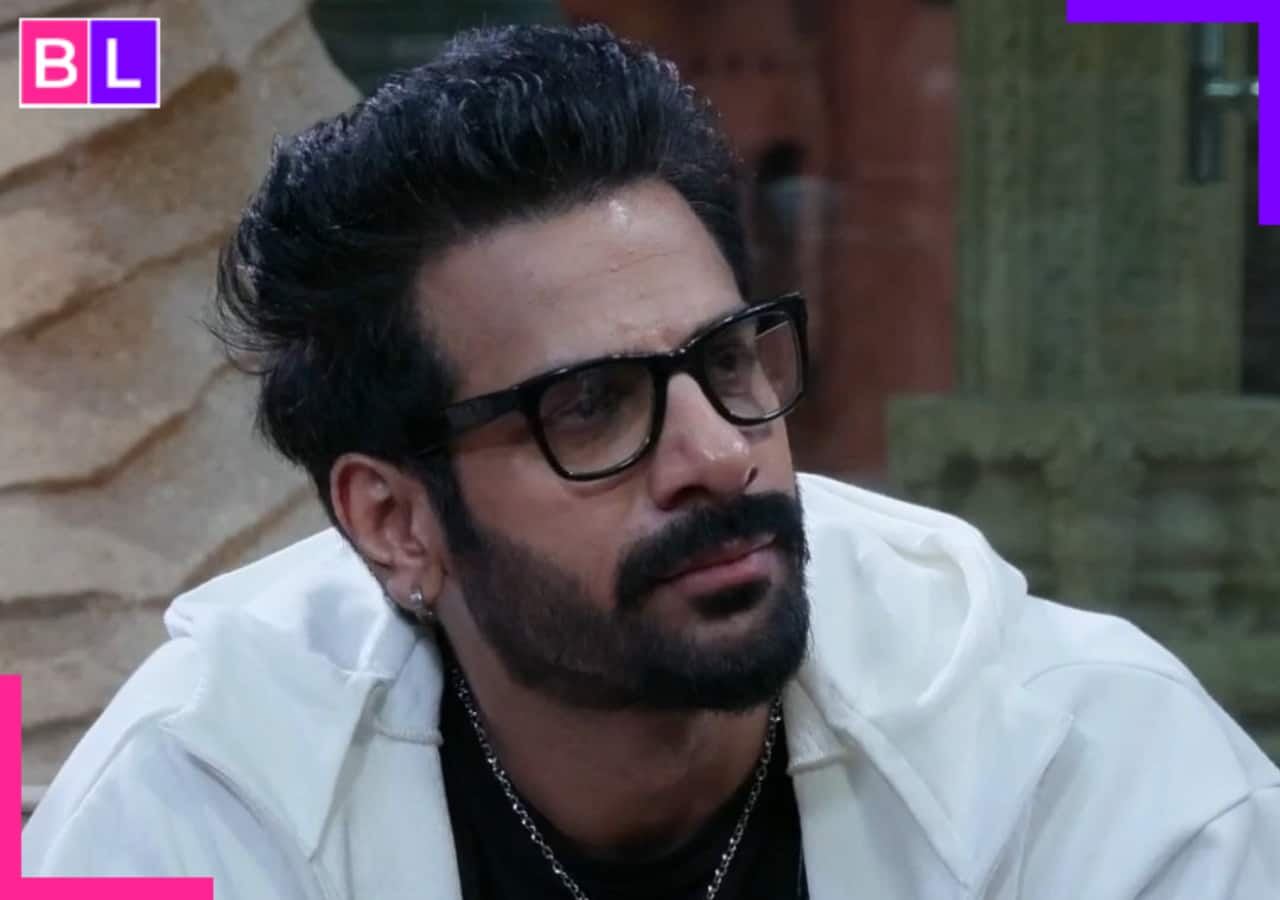Policymakers at the European Central Bank are split on the need to consider a jumbo half-point interest rate cut in December, even as downside risks dominate on both economic growth and inflation.
The comments come shortly after the ECB delivered back-to-back interest rate cuts for the first time in 13 years at its October meeting.
The move, which marked the central bank’s third quarter-point cut this year, had been fully priced in by markets after decision-makers flagged reduced inflation risks and a weakening growth outlook.
“The truth is that the print of inflation in September was very low, way lower than what we were expecting,” Portuguese central bank chief Mario Centeno told CNBC’s Karen Tso on Wednesday.
“We need to take that into our story,” Centeno said. “After that, we need to look at the incoming data, the trend in the data that we have been observing and certainly 50 basis points can be on the table because we continue to be data dependent and the data we are getting points in that direction.”
A cyclist drives along a road under a railway bridge near the headquarters of the European Central Bank (ECB) in Frankfurt am Main, western Germany, on July 18, 2024, ahead of an ECB press conference on the Eurozone’s monetary policy.
Kirill Kudryavtsev | Afp | Getty Images
Inflation in the euro zone was recently revised to 1.7% in September, down from an earlier official estimate of 1.8%. It compares to a print of 2.2% in August.
September was the first month when inflation in the euro zone fell below the ECB’s 2% target since June 2021, marking an end to years of excessive price growth and reinforcing expectations of further rate cuts in the near term.
Alongside Centeno, Dutch ECB Governing Council member Klaas Knot said a half-point interest rate cut could not be excluded at the central bank’s December meeting. He added, however, that such a move would require some deterioration in the data.
“I think we are pretty confident about the return of inflation to our 2% target somewhere in the course of next year,” Knot told CNBC on Wednesday.

“I would also say that I see the risks surrounding that baseline as reasonably contained,” he added.
“So, if that scenario indeed plays out and if the December projections continue to also confirm that scenario then it will allow us to gradually take our foot off the brake and continue to cut rates until we will, let’s say, have reached neutral territory, where we neither simulate nor slow down the economy anymore.”
‘Look at the data’
ECB President Christine Lagarde said last week that policymakers at the central bank had only discussed the merits of a 25-basis point cut at the meeting, rather than a larger 50-basis point trim.
“I’m sure some of my colleagues will go for a big cut, others not. In my case, I will say I will look at the data,” Austrian central bank chief Robert Holzmann told CNBC on Wednesday.
Holzmann said policymakers could not be prevented from making their case for a bigger interest rate cut in December but, in his view, the ECB’s most recent quarter-point move was a “precautionary” step, and it remains plausible that the central bank will need to hold steady at the end of the year.
“If things really get as bad as some claim, we can have another 25, [but] 50 I would say at the moment with the data, no,” Holzmann said.

The ECB has repeatedly warned that inflation is likely to rise over the coming months, before declining to the target level next year.
Several major central banks have recently taken steps to ease monetary policy, as inflation falls in many high-income countries.
The International Monetary Fund nevertheless said on Tuesday that, while the global fight against inflation is “almost won,” the downside risks are “increasing and now dominate the outlook.”
‘We are definitely going to see some cuts’
“We are clearly moving towards the direction of easing monetary policy,” Gediminas Šimkus, ECB governing council member and governor of the Bank of Lithuania, told CNBC on Wednesday.
“So what, at this point, I can clearly say is in the coming meetings we are definitely going to see some cuts. But what are the cuts, how big they are or if they [take place], will depend on the data,” he added.
Asked whether he was comfortable with market participants pricing in back-to-back ECB rate cuts through to about the middle of next year, Šimkus said that he was uncomfortable with calls for big interest rate cuts.
“I don’t think these super cuts, you know, are somehow grounded unless we really see something unexpected and bad in the data. And so far, I don’t think that this will be the case,” he added.
Joachim Nagel, ECB policymaker and head of Germany’s Bundesbank, said he did not wish to speculate on the potential size of further rate reductions.
“We are living in a very uncertain environment, so we have to wait for the new data and then we have to decide,” Nagel told CNBC on Wednesday.
— CNBC’s Jenni Reid contributed to this report.







